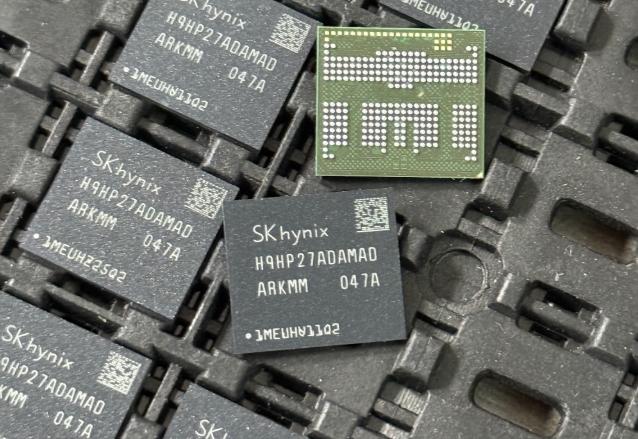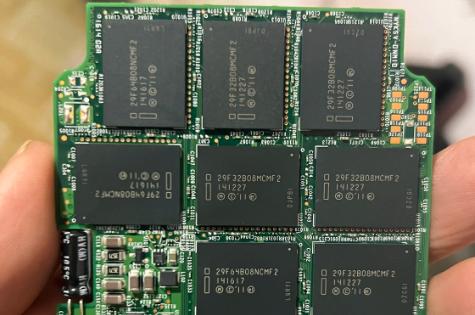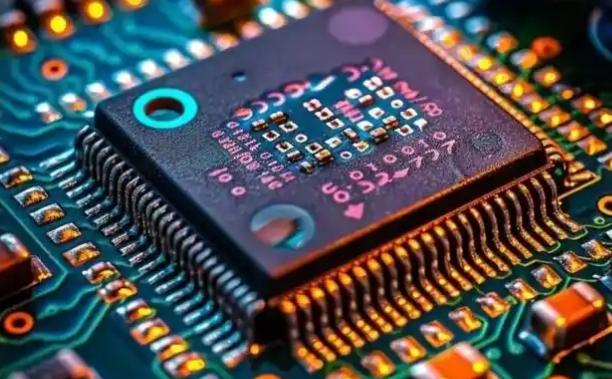Hello! now About Us
In-Depth Analysis of Differences Between RF Transceiver Module SPWF01SC.11 and Comparable Products
4/23/2025 2:51:55 AM
In the era of booming IoT and smart devices, RF transceiver modules have evolved beyond traditional communication functions, moving towards integration and intelligence. STMicroelectronics' SPWF01SC.11, as an innovative RF module, redefines performance benchmarks in this field by deeply integrating wireless communication, microcontroller (MCU), and power management functions. This article analyzes its differentiated advantages from mainstream RF modules from three dimensions: architectural innovation, functional integration, and application scenarios.
I. Architectural Innovation: From Single Communication to System-Level Integration
Traditional RF modules (such as TI's CC1101, Silicon Labs' SI4463) mainly undertake wireless signal transceiver functions, requiring external MCUs and power management chips to achieve a complete system. However, the SPWF01SC.11 adopts three-dimensional integration technology, packaging the following core units within a single module:
STM32 ARM Cortex-M3 processor (512KB Flash + 64KB RAM)
2.4GHz 802.11b/g/n Wi-Fi transceiver (supports TCP/IP protocol stack)
Multi-mode power management unit (supports 3.3V single power supply, including standby wake-up mechanism)
Advantages brought by this system-level integration include:
50% reduction in size: Compared to discrete solutions (RF module + MCU + PMIC), PCB area is reduced from 15cm² to 7cm²
30% lower power consumption: Shared power architecture reduces standby power consumption from 400μA to 28μA (RTC mode)
40% cost optimization: Eliminates inter-chip communication interfaces and peripheral circuits, reducing BOM cost by about $2.3
II. Functional Evolution: From Passive Communication to Active Interaction
Performance Indicator SPWF01SC.11 Traditional RF Module (e.g., CC1101)
Wireless protocol support 802.11b/g/n + BLE 5.0 dual mode Only supports Sub-1GHz frequency bands
Processing power 168MHz ARM Core (supports Linux RTOS) No computing unit
Security features AES-256 encryption engine + secure boot Only basic data encryption
Interface richness UART/I2C/SPI + 16-channel GPIO Single SPI interface
Certification completeness FCC/CE/IC/SRRC global certifications Requires additional applications
Key functional breakthroughs:
Edge computing capabilities: Built-in MCU can run Python scripts, enabling local data processing (e.g., sensor data filtering) and reducing cloud transmission by 80%
OTA upgrades: Supports Wi-Fi firmware updates (FOTA), allowing function iteration without physical contact
Hybrid power mode: Innovative "Power Path" technology allows uninterrupted system operation during battery replacement
III. Application Scenario Expansion: From Consumer Electronics to Industrial Core
Traditional RF modules are mostly used in consumer electronics (e.g., wireless earbuds), basic industrial control (e.g., sensor networks). However, the SPWF01SC.11, with its industrial-grade reliability (-40°C~85°C operating temperature) and functional completeness, opens up new application scenarios:
Field Typical Application Comparison Scheme
Smart grid Remote monitoring of power distribution terminals Requires dedicated communication modules
Industrial IoT Vibration sensor data acquisition nodes Discrete RF module + MCU + LoRa chip
Medical equipment Wireless transmission of portable glucometers Bluetooth module + basic RF chip
Automotive electronics T-BOX communication module power management Automotive-grade RF module + CAN controller
Cost-effectiveness advantage:
Taking industrial vibration monitoring nodes as an example:
SPWF01SC.11 solution: Single module 18+peripherals5 → Total cost $23
Traditional solution: RF module 12+MCU8 + PMIC 5→Totalcost25
IV. Future Technological Evolution Directions
The introduction of SPWF01SC.11 marks the entry of RF modules into the "smart communication" era. In the future, three development trends may emerge:
Process upgrades: Adopting GaN technology to improve RF efficiency (from 92% to 98%)
Protocol integration: Integrating Matter 1.2 protocol to achieve cross-platform device interoperability
AI empowerment: Built-in neural network accelerators to support localized anomaly detection (e.g., predicting device failures)
Conclusion
The SPWF01SC.11 is more than just an RF module; it is a highly integrated intelligent system core. Through architectural innovation, functional integration, and scenario expansion, it redefines the value boundaries of wireless communication modules. For developers, understanding its "wireless + computing + power" trinity characteristics will unlock its enormous potential in edge computing, industrial IoT, and other fields. As the complexity of smart devices increases, such integrated RF modules are expected to become standard components in the next generation of smart systems.
Fudong Communication (Shenzhen) Group Co., Ltd., established in 2004, is a specialized global first tier semiconductor agent/distributor.
Fudong Mall is an online e-commerce platform belonging to Fudong Communication (Shenzhen) Group Co., Ltd. Fudong collaborates with global electronic component distributors and Chinese spot inventory suppliers.









